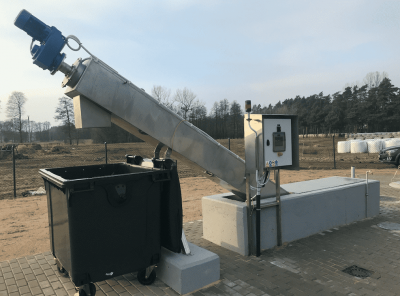Channel screens
Channel screens are used at the beginning of the sewage treatment process to remove solid contaminants - screenings. They are installed in open flow channels and sometimes they are built into existing technological installations in municipal and industrial sewage treatment plants.

